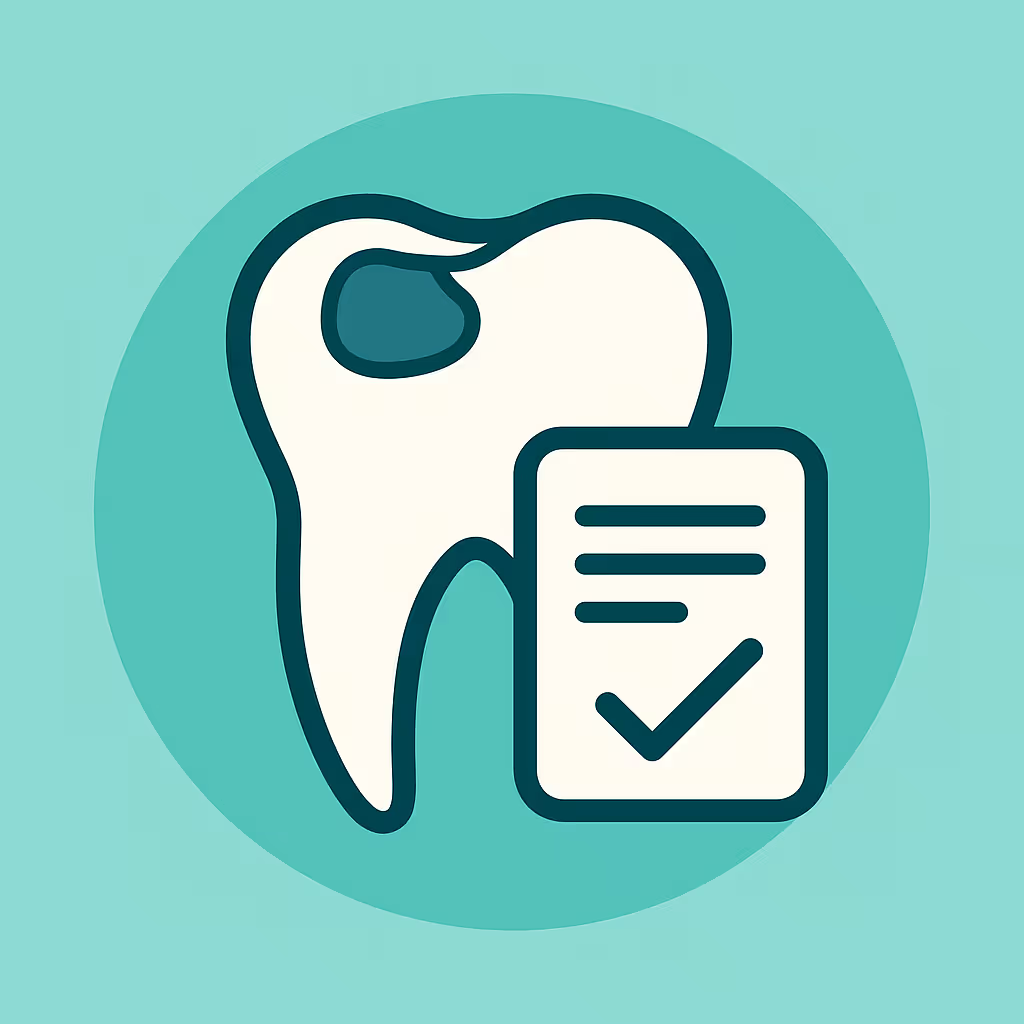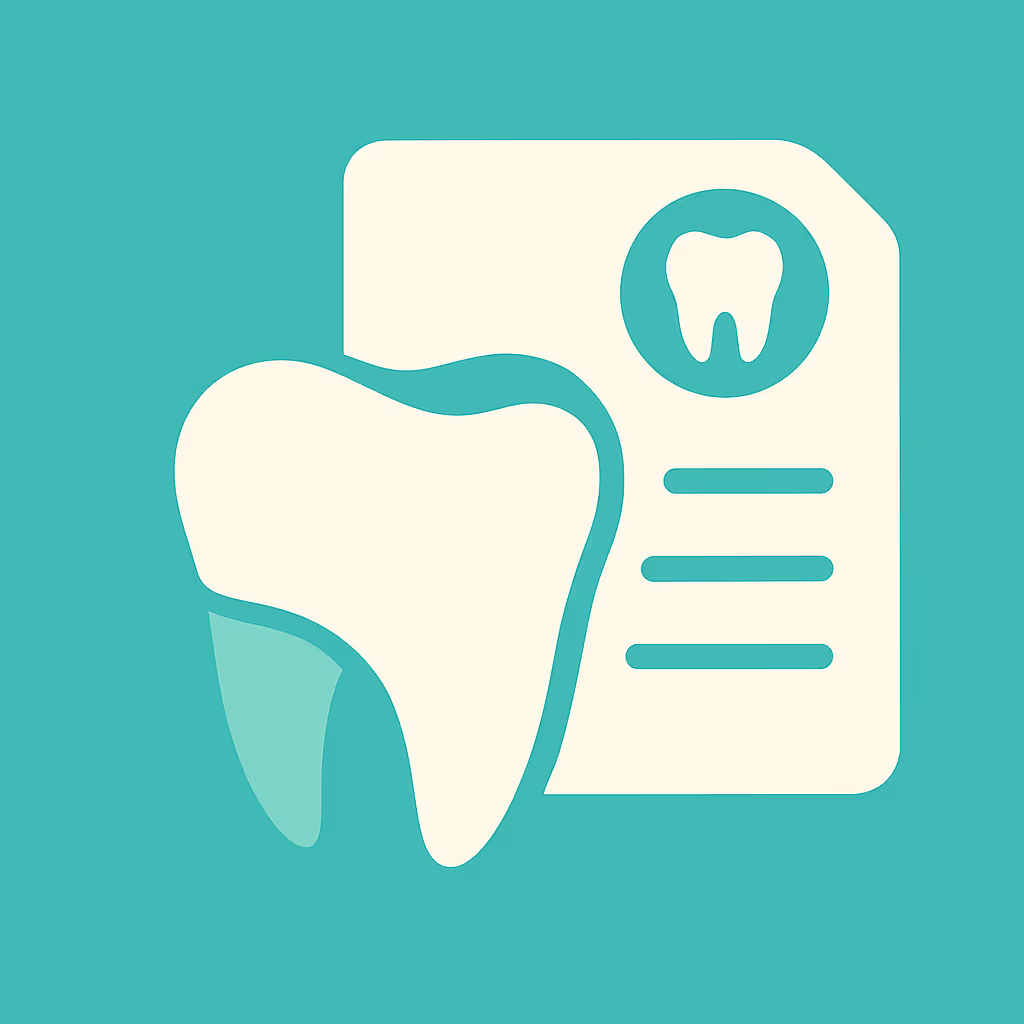Understanding Dental Code D6612
When to Use D6612 dental code
The D6612 dental code is designated for a “retainer onlay,” a specific type of indirect restoration used in fixed partial dentures (FPDs). This code should be used when a retainer (the part of a bridge that attaches to an abutment tooth) is restored with an onlay rather than a full crown. Onlays are indicated when part of the tooth structure is missing but enough remains to avoid a full-coverage crown. Common clinical scenarios include cases where the abutment tooth has moderate loss of structure, but the margins and occlusal surfaces can be restored with an onlay, providing both function and support for the prosthesis.
Documentation and Clinical Scenarios
Accurate documentation is crucial for successful reimbursement and compliance. When using D6612, ensure your clinical notes clearly describe:
- The tooth number and surfaces involved
- The extent of tooth structure loss
- Why an onlay (not a full crown) was chosen as the retainer
- Materials used (e.g., porcelain, metal, or resin-based composite)
- Pre- and post-operative radiographs or intraoral images
For example, if a patient presents with a missing molar and adjacent premolar with moderate decay, but enough structure remains, a retainer onlay may be the most conservative and effective option. Documenting the rationale and clinical findings supports the use of D6612 and helps in case of claim reviews or audits.
Insurance Billing Tips
Billing for D6612 requires attention to detail to avoid denials or delays. Here are best practices followed by successful dental offices:
- Verify coverage: Before treatment, confirm with the patient’s insurance whether D6612 is a covered benefit under their prosthodontic plan. Not all plans cover onlay retainers.
- Pre-authorization: Submit a pre-treatment estimate with detailed clinical notes and supporting images. This can prevent surprises for both the patient and the practice.
- Accurate claim submission: Use the correct CDT code (D6612) and ensure all supporting documentation is attached. Clearly indicate the abutment tooth and type of restoration.
- Monitor EOBs: Review Explanation of Benefits (EOBs) carefully. If D6612 is downgraded or denied, reference your documentation and be prepared to submit a claim appeal with additional clinical justification.
- Coordination of benefits: If the patient has dual insurance, coordinate benefits to maximize reimbursement and minimize out-of-pocket costs.
Example Case for D6612
Consider a patient missing tooth #30, with tooth #29 serving as an abutment. Tooth #29 has a large MOD composite but sufficient structure to avoid a full crown. The dentist prepares an onlay retainer for #29 and fabricates a fixed partial denture. The clinical notes specify the extent of decay, the reason for choosing an onlay over a crown, and include pre-op and post-op images. The claim is submitted with D6612, supported by detailed documentation. The insurance approves the claim, and the practice receives timely reimbursement.
By following these steps and understanding when and how to use the D6612 dental code, dental offices can ensure accurate billing, minimize claim denials, and provide optimal care for their patients.





